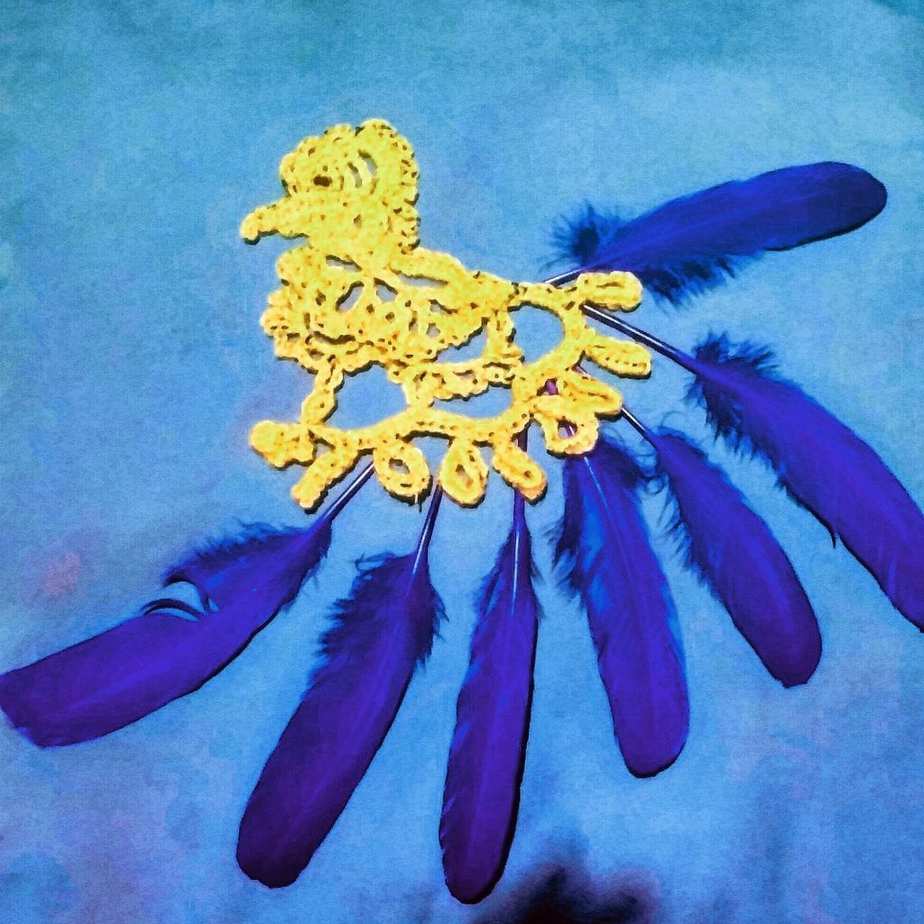Are Peony Flowers Hard To Maintain

Peonies are generally considered low-maintenance plants, and they are well-loved for their large, fragrant blooms. However, like any plant, they have specific care requirements. Here are some aspects to consider when it comes to maintaining peony flowers:
**1. Planting Location:
- Peonies prefer well-draining soil with a slightly acidic to neutral pH. They should be planted in a location with full sun to partial shade. Adequate sunlight is crucial for blooming.
**2. Soil Preparation:
- Before planting, amend the soil with organic matter, such as compost, to improve fertility and drainage. Well-draining soil is essential to prevent waterlogged conditions, which can lead to root rot.
**3. Watering:
- While peonies are relatively drought-tolerant once established, they benefit from regular watering, especially during dry periods. Water the plants deeply, allowing the soil to dry slightly between waterings. Avoid overwatering, as this can lead to root issues.
**4. Support for Heavy Blooms:
- Peony flowers are large and can become heavy, causing the stems to droop. Providing support, such as peony rings or stakes, can help keep the plants upright and protect the blooms.
**5. Mulching:
- Apply a layer of mulch around the base of the peonies to help retain soil moisture, suppress weeds, and regulate soil temperature. Mulching also protects the shallow roots of peonies.
**6. Fertilization:
- Peonies typically don’t require excessive fertilization. A balanced, slow-release fertilizer applied in the spring is usually sufficient. Avoid over-fertilizing, as too much nitrogen can lead to lush foliage but fewer blooms.
**7. Pruning:
- Peonies benefit from pruning to remove dead or diseased foliage and spent blooms. Cut back the stems to ground level in late fall or early spring. Proper pruning helps improve air circulation and reduces the risk of diseases.
**8. Disease Prevention:
- Peonies can be susceptible to diseases like botrytis blight and powdery mildew. Providing good air circulation, spacing plants adequately, and avoiding overhead watering can help prevent these issues.
**9. Dividing:
- Peonies can become overcrowded over time, leading to reduced blooming. Divide peony plants every 5-10 years to rejuvenate them. This is typically done in the fall.
**10. Pest Management: – Keep an eye out for common pests such as ants, which are attracted to the nectar produced by peony buds. However, ants do not harm peonies and are generally considered beneficial.
In summary, while peonies are generally low-maintenance, they do benefit from some care and attention. Providing the right planting conditions, proper watering, occasional fertilization, and addressing any issues promptly will help ensure healthy and beautiful peony blooms.
Fall and spring are the best times to plant Peonies.
Learn more about Peonies on Better Homes and Gardens Website here.
What are the downside of Peonies?
As fall approaches, peony foliage tends to turn yellow and then brown. While this is a natural part of the plant’s lifecycle, the drooping and decaying foliage may not be visually appealing in the garden.
Peonies can be slow to establish after planting, and it may take a few years for them to reach their full blooming potential. Gardeners should be patient during the initial years and provide the necessary care for the plants to establish strong root systems.
Peony stems can be relatively brittle, and mishandling or harsh weather conditions may lead to breakage. Providing support during windy periods and taking care when cutting blooms for arrangements can help prevent damage.
Peonies are susceptible to botrytis blight, a fungal disease that can affect the leaves and flowers, causing browning and decay. Good air circulation, proper spacing, and avoiding overhead watering can help prevent this disease.
I have written about how to treat fungal disease in plants the natural way here.
Peony buds produce a sweet nectar that attracts ants. While ants don’t harm the peonies, their presence can be seen as a downside for those who want to bring cut peonies indoors. Rinsing the flowers before bringing them inside can help reduce the number of ants.
The large, heavy blooms of peonies may require support to prevent the stems from drooping or breaking. Without proper support, the flowers may be susceptible to damage from rain or wind.
Irish Lace Crochet Peony

Irish lace is a stunning way to display your flower designs. Traditionally, Irish lace flowers are crafted using fine cotton or linen thread. The choice of thread affects the texture, drape, and overall appearance of the lace.



Leave a Comment